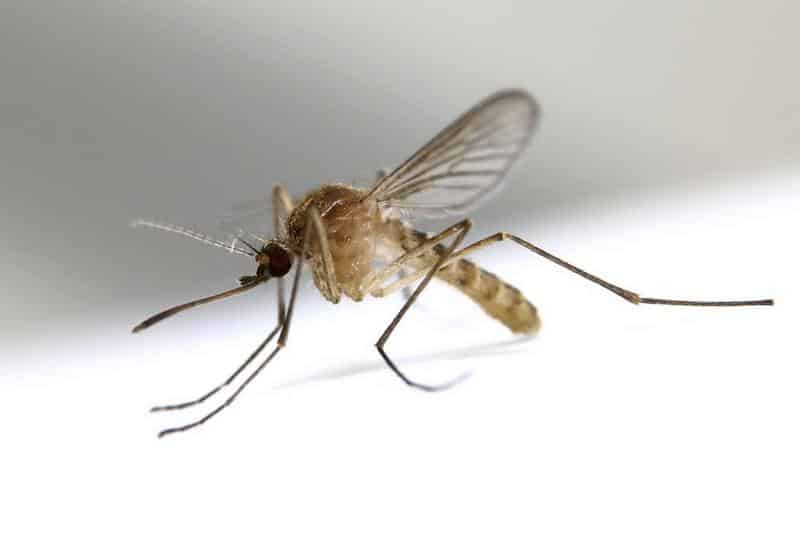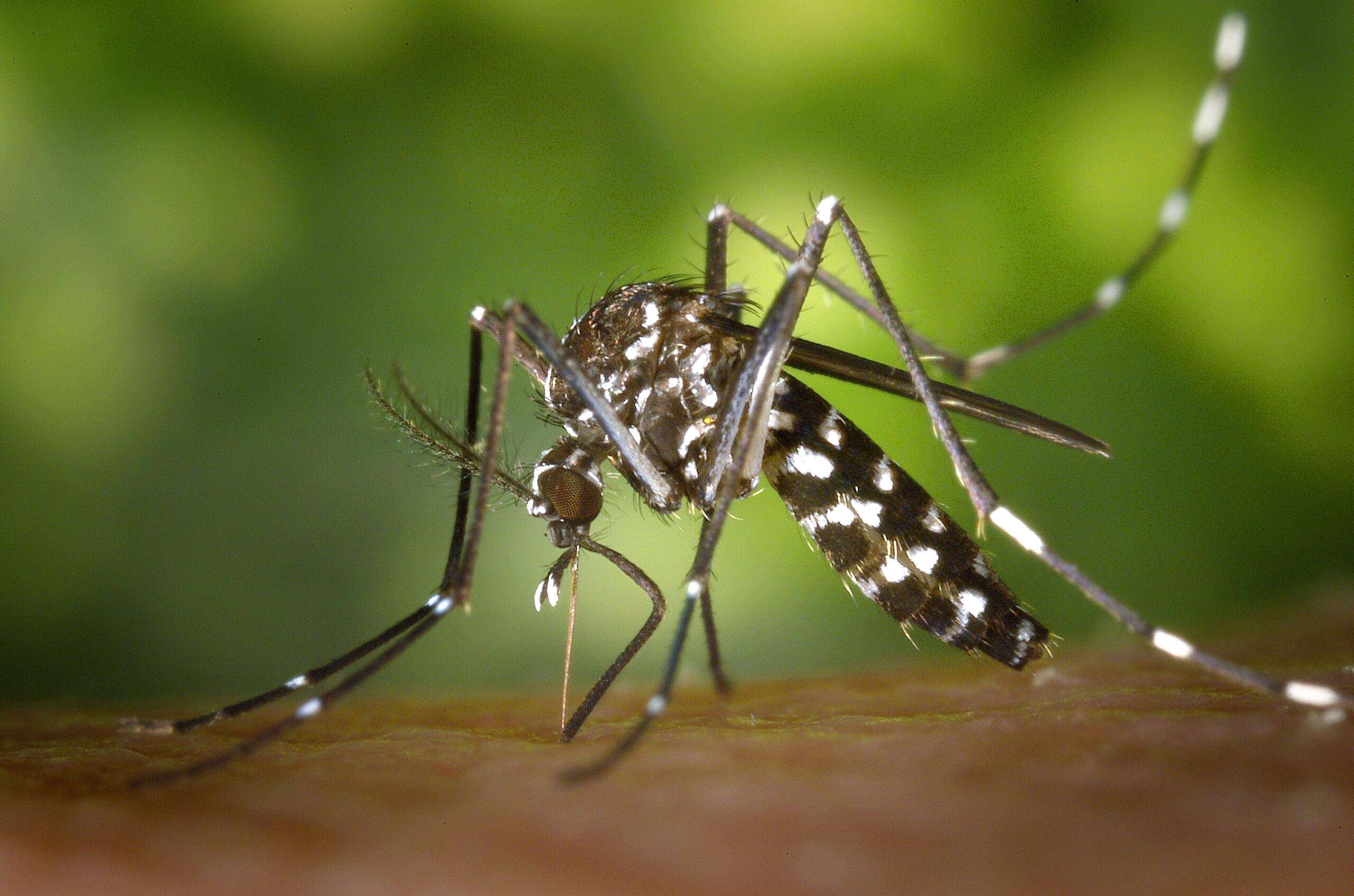Mosquito Identification
The Mosquito is a type of fly. Mosquitoes are not only a nuisance when they bite, but they can actually transmit diseases as well. The name mosquito comes from the Spanish word for “tiny fly” as these insects not only resemble the fly but are also a close relative.
An adult Mosquito has long legs, a long narrow abdomen, and a proboscis. Its wings are short and transparent. It looks clumsy in flight, but can be difficult to catch in the air. Females are the biters; males only drink nectar. Females need the protein found in blood to make eggs, so while they also drink nectar, hemoglobin is still necessary for reproduction. Mosquito saliva contains chemicals that slow the clotting of blood. A female can quickly fill a special stomach with blood if the host has high blood pressure, which helps pump blood out faster once the mouth parts have pierced skin.
In 2019, the Ada County Mosquito Abatement District confirmed the presence of the West Nile Virus in mosquito populations for the first time. One pool of mosquitoes tested positive for the virus.
Culex Pipiens Mosquito
Although there are fourteen species of mosquitoes found in ADA County, there is one species that is know to carry and transmit the West Nile Virus. This is the Culex species and the varieties found in ADA County are Culex tarsalis and Culex pipiens.
These mosquitoes love to breed in stagnant water. They over-winter as eggs and West Nile Virus remains viable to be passed on when the mosquitoes hatch in the spring.

Biology and Behavior
Snow Mosquito
The Snow Mosquito is a special species of mosquito commonly limited to northern portions of the United States. The Snow Mosquito differs from regular summertime mosquitoes in ways that include staying active during the winter months while their counterparts remain dormant or die. Snow Mosquitoes have scales on their bodies. These scales usually appear brown or black which are coupled with another set of scales that are lighter in color; perhaps white, gray or yellow.
